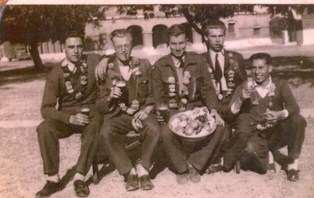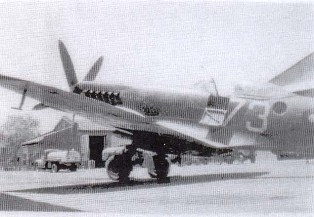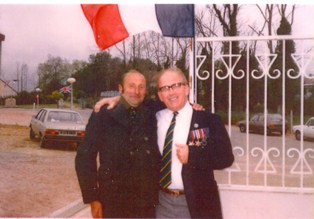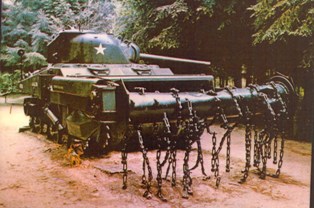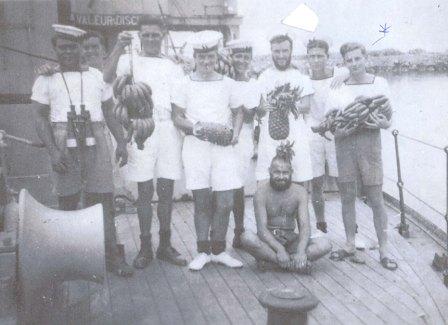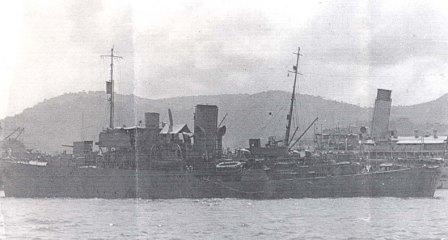
Private 41894 Harry Freeman MM
2nd Royal Irish Rifles
Killed in Action 24th March 1918
Son of James Thomas and Louisa Freeman, of Fireman's Cottages, Apsley Mills, Hemel Hempstead, Herts.
Pozieres Memorial, Panel 75.
Enlisted: Hertford.
Harry Freeman's name on the Pozieres Memorial
(Photo: Richard Grayson, 27th March 2012.)
The 2nd Royal Irish Rifles was a battalion originally recruited from what is now Northern Ireland, with many recruits coming from Belfast. But by 1918 men had been transferred into it from throughout the British army and so it contained men from many parts of the United Kingdom. Freeman had originally served in the Northamptonshire Regiment, in which he had won the Military Medal. He had been transferred into the 2nd Royal Irish Rifles to make up for losses in that battalion. The battalion took part in the desperate effort to resist the German Spring Offensive which began on 21st March 1918. The German advance was fast and effective. All along the British lines, battalions were forced to retreat after making gallant efforts to hold up the Germans for as long as possible. Although the attack was eventually stopped after a month of bitter fighting, the Germans had come within 50 miles of Paris and it had looked that they might even win the war.
On 24th March, the battalion was at Cugny. At about 2pm in the afternoon, the Germans attacked with artillery and machine gun fire, supported by low-flying aeroplanes. When the German infantry arrived, many of the 2nd Royal Irish Rifles had fired all their bullets and were left with only their bayonets to fight with. That meant there was hand-to-hand fight and 150 men from the battalion faced this attack. Of those, 92 were killed, among them Harry William Freeman.
[Source: Cyril Falls, The History of the 36th (Ulster) Division (Belfast, 1922), pp. 215–16.]
